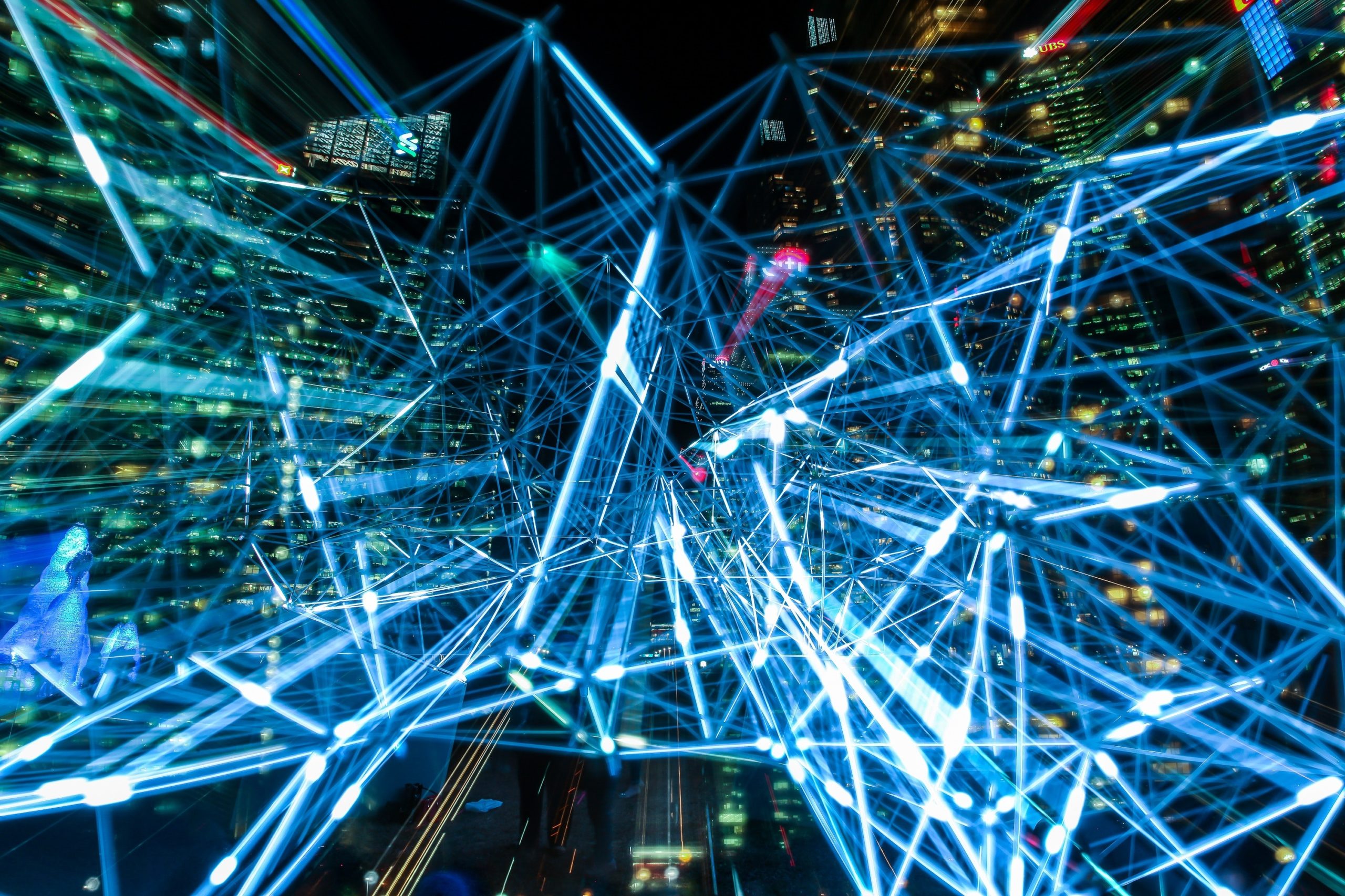Nanotechnologies to help in new cancer treatment strategy
Press Release -
ICONS’ involvement in the European Cancer Mission via the ULISES project
According to the statistics from the World Health Organization, cancer is the second leading cause of death globally, counting for approximately 9.6 million deaths in 2018. This figure is expected to increase by 60% by 2040 due to the ageing and increase of the world’s population.
The new project – ULISES – is set to develop an immunologic-based treatment strategy where cancer cells are reprogrammed to become “visible” to the patients’ immune system. While cancer treatments are currently based on surgical resection of the tumour (if possible), chemotherapy, radiotherapy, target-driven therapies and immunotherapy, ULISES aims to set out an all-new therapeutic strategy based on nanotechnologies.
This breakthrough therapy developed by researchers in the ULISES project will offer several advantages over current therapies: much greater efficiency; use of the patient’s own immune system to attack the cancerous cells; and fewer side effects meaning improved patient outcomes.
ICONS will support ULISES researchers to communicate their outcomes and work with the involved healthcare and industrial partners to define an effective strategy to bring the ULISES therapy to the market for the benefit of society.
“Communicating in a transparent and evidence-based way one of the most critical societal challenges of our times and how this is addressed by the ULISES researchers, makes us proud of our mission at ICONS. Even more if we think that we will design an exploitation plan to help our partners make concrete use of the results that are expected to bring in a consistent reduction of cancer death and a significant improvement of the patient’s life quality and expectancy”, says Ilaria Orfino – ULISES Project Communication Manager at ICONS.
More information: www.ulises-project.eu
Media contact: Ilaria Orfino, ICONS ilaria.orfino@icons.it
This project has received funding from the European Union’s Horizon 2020 research and innovation programme under Grant Agreement N° 899708
